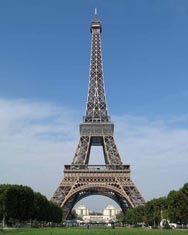Eiffel Tower
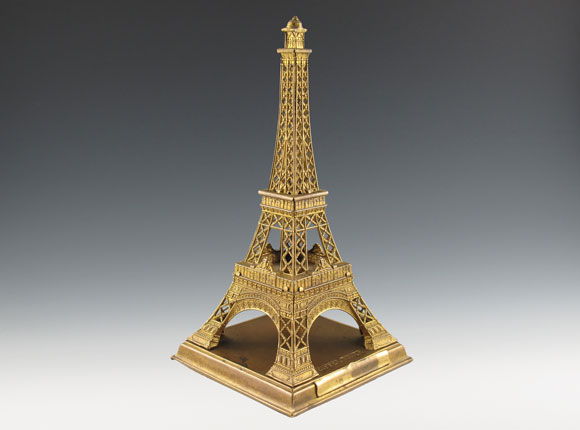
Needle Case
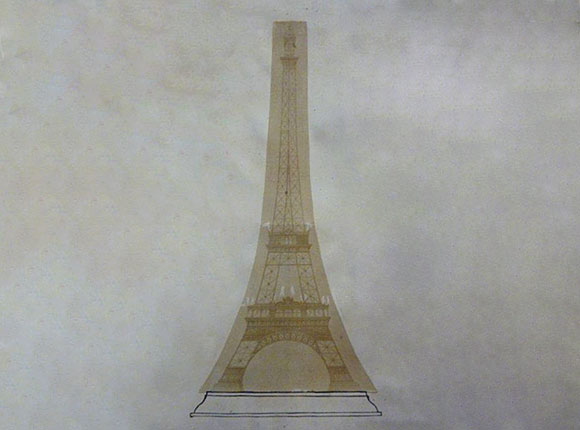
Design Representation
Design Details
Needle Case Type: |
Figural |
Patent/Registered to: |
W. Avery & Son - Redditch |
Patent/Design Representation #: |
Rd99201 |
Patent/Design Registration Date: |
May 2, 1888 |
Location of Patent/Design Registration: |
The National Archives (TNA) - Kew, UK |
Reference #:
|
TNA Representation - BT 50/100/99201
TNA Register - BT 51/48/99201 |
Dimensions: |
7.3 x 7.3 x 14.5 |
Material: |
Brass |
Name Variations: |
W. Avery & Son - Redditch |
Other Variations: |
None |
Additional Photographs
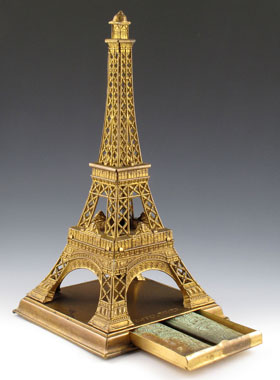
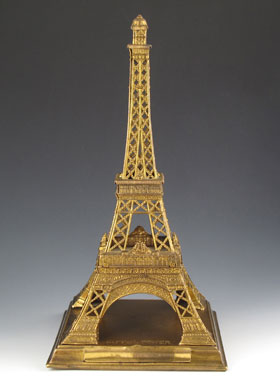
Side view with drawer open and front view with drawer closed
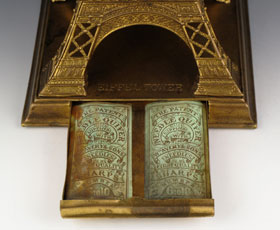
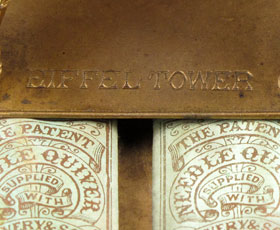
Open drawer detail and Eiffel Tower inscription
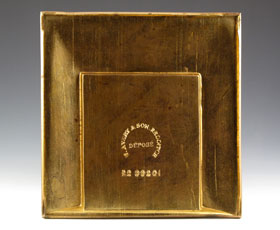
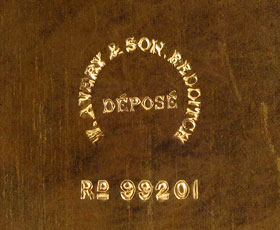
Bottom and signature detail
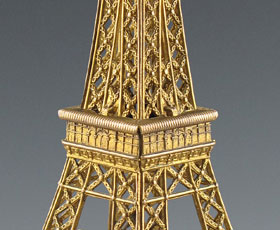
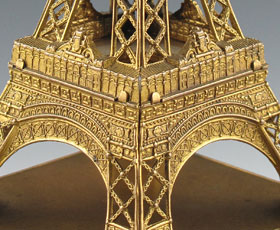
Close up details
Facts
The Eiffel Tower (La Tour Eiffel in French) is an 81-story building located at the Champ de Mars on the left bank of the Seine River in
Paris, France. It’s the tallest building in Paris and one of the most recognized structures in the world. In 2011 over
7.1 million people took the elevator to the top making it the most visited paid monument in the world.
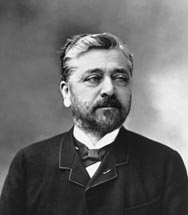
History
The Eiffel Tower was designed by the French structural engineer Gustave Eiffel for the 1889 Exposition Universelle (World’s Fair).
A competition was held in 1884 to design the expositions’ centerpiece structure. After Eiffel’s company submitted their design and it
became public knowledge, there was a huge negative outcry from the areas artists and writers who felt the structure would detract from the
beauty of the city’s other architectural monuments. Some went so far as to say “imagine for a moment a giddy, ridiculous tower dominating
Paris like a gigantic black smokestack”. Several years later in 1886, Eiffel’s tower was selected as the winner of the competition.
Although construction began in early 1887, it wasn’t totally accessible to the public until nine days after the exposition opened in May 1889
due to difficulties involving the elevators. Scheduled to be demolished within 20 years of its construction, it survived because of its
communications potential.
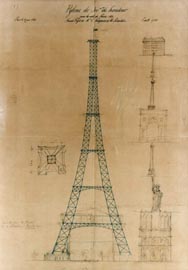
Location
Today the Eiffel Tower is easily reached by the Paris Metro or by boat from the Seine River. Many tourists choose to walk the
approximately 600 steps to the second platform then take the elevator to the top. From there, in additional to having an panoramic
view of Paris, one can see the room where Eiffel had his office and entertained guests during the exposition. The Eiffel Tower has
become the symbol of French elegance and style.
